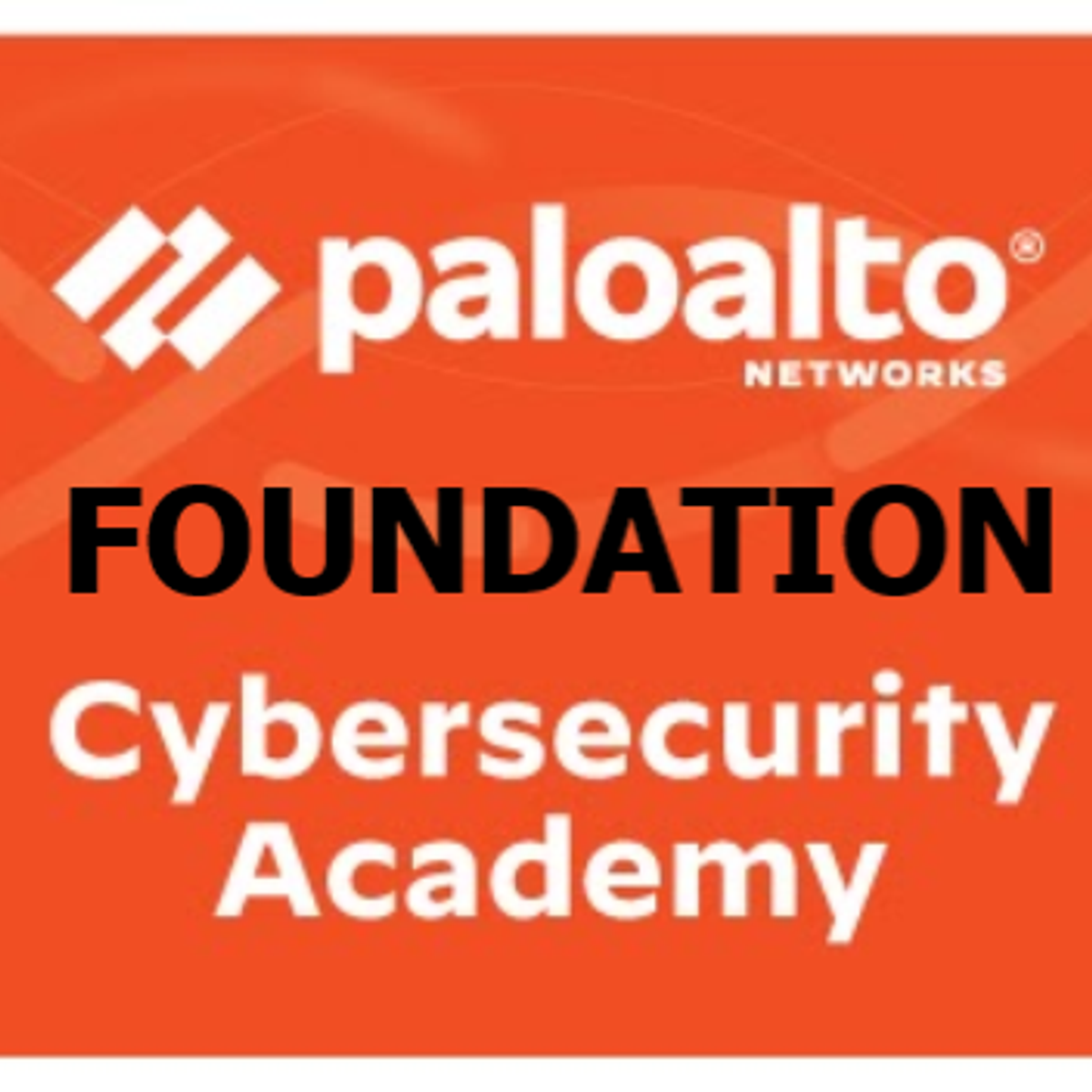Palo Alto Networks Cybersecurity Foundation
Overview
Palo Alto Networks Cybersecurity Foundation Course Description: In this course, students will learn fundamental principles associated with the current cybersecurity landscape and identify concepts required to recognize and potentially mitigate attacks against enterprise networks as well as mission critical infrastructure. Students will also learn how to initially setup and configure security zones, authentication, and policies on a next generation firewall. Learning Objectives: Upon completion of this course, students will be able to: Upon completion of this course students will be able to perform the following: • Discover modern computing trends and application threat vectors. • Configure a network interface and test for connectivity. • Identify cloud computing and software-as-a-service (SaaS) application challenges. • Explore recent cyberattacks and their impact on business. • Review attacker profiles, motivations and the Cyber-Attack Lifecycle. • Recognize high-profile cybersecurity attacks and Advanced Persistent Threats. • Identify malware types, vulnerabilities, exploits, spamming and phishing attacks. • Configure and test a malware analysis security profile. • Describe how bots and botnets are used to attack enterprise networks. • Explore Zero Trust design principles, architecture, capabilities, and implementation. • Review perimeter network security strategies, policies, models, and trust boundaries. • Setup and configure inside, outside and DMZ security zones on a NGFW. • Create and test an authentication policy on a next generation firewall. • Review capabilities of the Security Operating Platform and components. • Explore how to secure the enterprise with NGFW and Traps endpoint protection. • Discover how to secure the cloud with Prisma Access, SaaS, and Cloud. • Examine how to secure the future with Cortex Data Lake and XDR. • Apply two-factor authentication on the next generation firewall (NGFW). • Configure the NGFW to allow only trusted applications.
